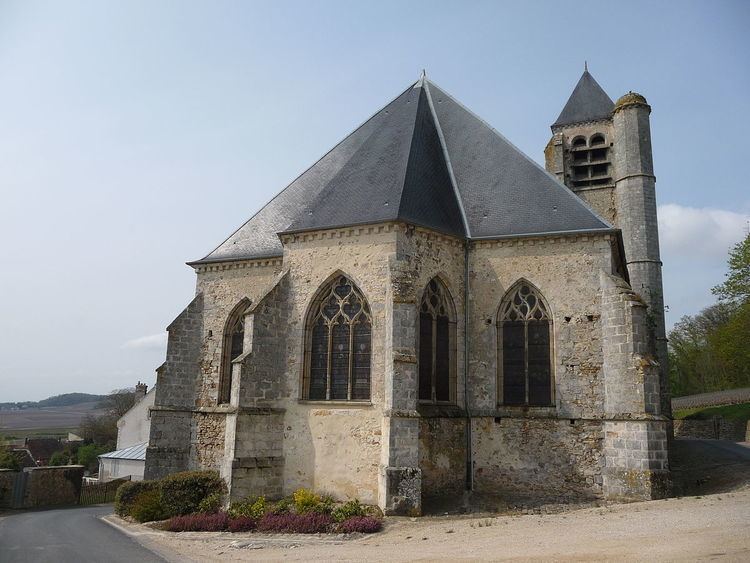Department Aisne Intercommunality Val de l'Aisne Area 5.13 km² Population 117 (1999) | Canton Vailly-sur-Aisne Time zone CET (UTC+1) Local time Sunday 10:27 AM | |
 | ||
Weather 8°C, Wind SW at 19 km/h, 74% Humidity | ||
Allemant is a French commune in the department of Aisne in the Hauts-de-France region of northern France.
Contents
Map of Allemant, France
The inhabitants of the commune are known as Allamants or Allamantes.
Geography
Allemant is located some 10 km north-east of Soissons and 15 km south-west of Laon. National Highway N2 from Soissons to Laon passes along its southern border and has exits at both the south-western and south-eastern corners of the commune. On the western side the D26, which exits from the N2, forms part of the western border of the commune and then passes through the western portion of the commune. Nevertheless, there is no connection between this road and the village which must be accessed from the north on the road D143 coming south from its junction with the D14 near Pinon. The exit from the N2 at the south-eastern corner leads to the D14 road which does not pass through the commune. There are however a number of country roads leading from this exit into the commune and by which the village can be reached. The commune is covered more or less equally by farmland and forest.
History
On 17 June 1944 a German V-1 flying bomb launched from Vignacourt in the Somme deviated from its path and fell in the territory of the commune at 4.30am. Hitler was visiting his headquarters in Margival - the Wolfsschlucht II, only 3 km away - to discuss the situation on the Normandy front with Marshals Rommel and von Rundstedt but, as a result of the flying bomb deviation, rushed back to Germany and did not go as planned to the La Roche-Guyon headquarters of Rommel. This was his only visit to the fortified headquarters and his last visit to France.
Administration
List of Successive Mayors of Allemant
(Not all data is known)
Demography
In 2010, the commune had 180 inhabitants. The evolution of the number of inhabitants is known through the population censuses conducted in the town since 1793. From the 21st century, a census of municipalities with fewer than 10,000 inhabitants is held every five years, unlike larger towns that have a sample survey every year.
Sources : Ldh/EHESS/Cassini until 1962, INSEE database from 1968 (population without double counting and municipal population from 2006)
Religious heritage
The commune has one religious building that is registered as an historical monument:
The Church contains three items that are registered as historical objects:
